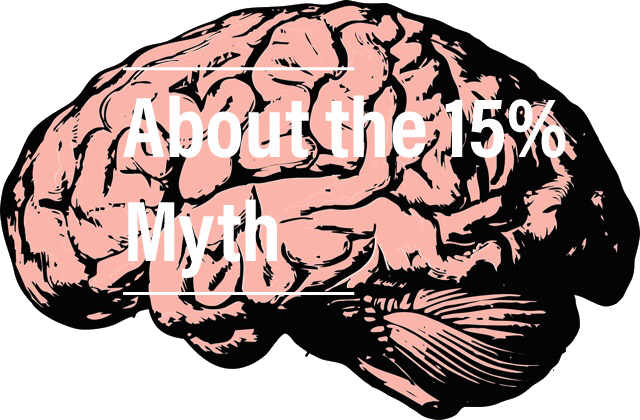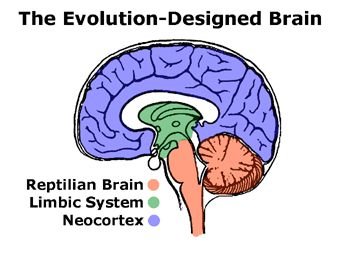"Cultural myths and taboos of modern society" is a series of posts where I write about specific beliefs some people still have that I think have been properly debunked.

I am sure that almost everyone who is reading this at least once in their lives has heard someone say that we humans only use between 5% to 15% of our brain capacity.
This, it turns out, is just a myth and therefore is not true. But let's see the reasons why, since this subject is quite interesting and affects modern topics such as research in Artificial Intelligence and besides this will shed new light on many of those interested in these discussions.

This myth possibly originated in the early days of brain scan investigations where with those first-generation equipment the scientists noticed that at any given moment, it appeared that only parts of the brain were active.
The media quickly interpreted this as that humans only used a fraction of our potential, and myths emerged that people like Einstein had "broken this barrier" and used "up to 90% of brain potential", just as a whole industry of people (and swindlers) who promised to "maximize" the increase in power of your mind with some miracle pills ...

Reality, however, is another much simpler one.
The main reasons why it seems that we have too much unused brain excess can be reduced mainly to two: Evolutionary Excess and Operational Redundancy.
Evolutionary Excess
By "Evolutionary Excess" I refer to the fact that our brains were not intelligently designed from scratch, but on the contrary, it is the current product of millions of years of random experiments by "dumb" evolutionary processes, which means that a significant part of our brains is possibly there for the sole purpose of supporting functions that are even obsolete or no longer used. That is to say, to support an obsolete biological software that at one time might have been useful to our prehistoric ancestors (and that may manifest themselves in a limited way in what we call our "animal instinct").
The analogy today would be something like the Windows operating system. This has been loaded with code after code since the days of the command lines (specifically MS-DOS), code that can not be left behind for reasons of compatibility, or simply because it would be quite expensive to start from scratch instead of reusing existing code .

That is, we continue adding code, or in our case, brain matter and functions, over previous things, which makes things relatively inefficient, slower than they should be, and more complex than necessary.
In the case of Windows, if we started from scratch, with all the knowledge and requirements of a modern operating system, it is very possible that the resulting operating system would have a much more compact code, be much faster, and be more efficient. Well similarly, we know today that the brain, even being the engineering marvel that it is (especially in its efficient use of energy), is not an optimal case of computing, and that on the contrary, we will be able to improve it a lot in the future not too far away, recreating its essential parts in a synthetic environment, which will provide us with much more agile minds than the ones we have today.
Operational Redundancy
As for "Operational Redundancy", by that I mean the fact that nature in many of its billions of permutations, and not only with humans, has come to a fairly used property in the field of computer engineering, the redundancy.
The issue of redundancy is very important because it refers to maintaining one or several backup systems in case the main system fails, and as you can imagine, in the case of the brain and its main role in our bodies, that is a quality quite important to own.

We see this concept of redundancy on a daily basis in computer systems. For example, when you hear about "RAID"(redundant array of independent disks)) type hard drives, they usually refer to hard drives whose data is replicated on one or more hard drives, so that if one hard drive fails, the others continue to operate with the data previously copied.
The brain by means of evolutionary processes has developed many "biological circuits" that make that much of the gray matter that we possess do not do something in particular but rather serve as a backup in case other systems fail, which necessarily increases the complexity and the volume of our brains, we only need to use only a part of them.
Did you ever believed in this myth?
Do you still believe in it?

My resolution for 2018: I want to be in the top 10% of Steemit
Sightings from the future: the society that awaits us, with AIs and robots.
